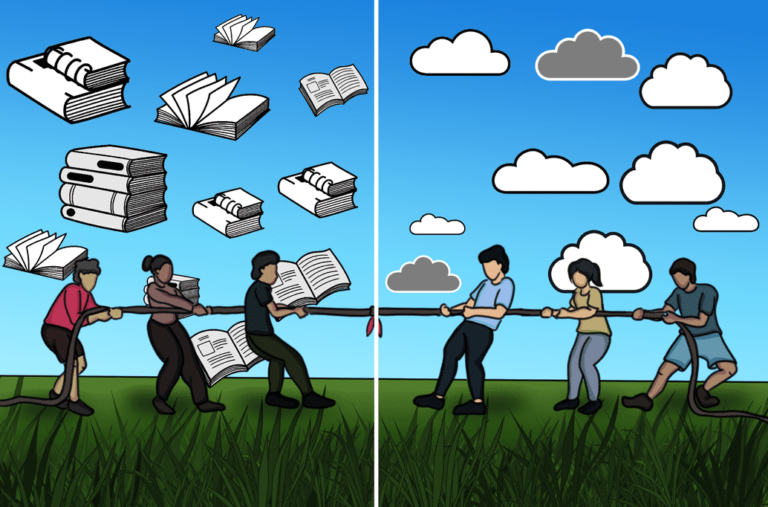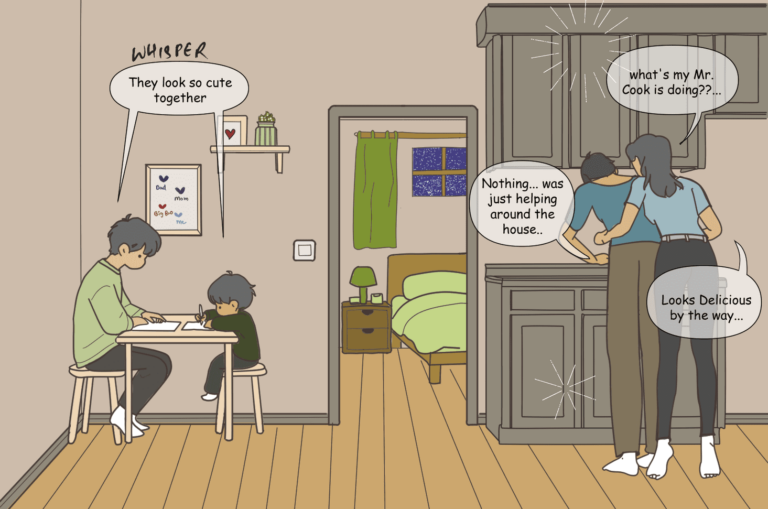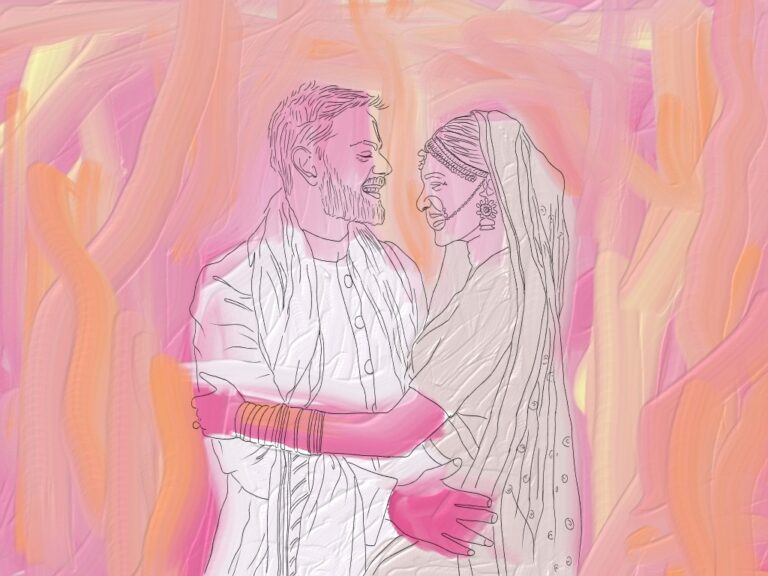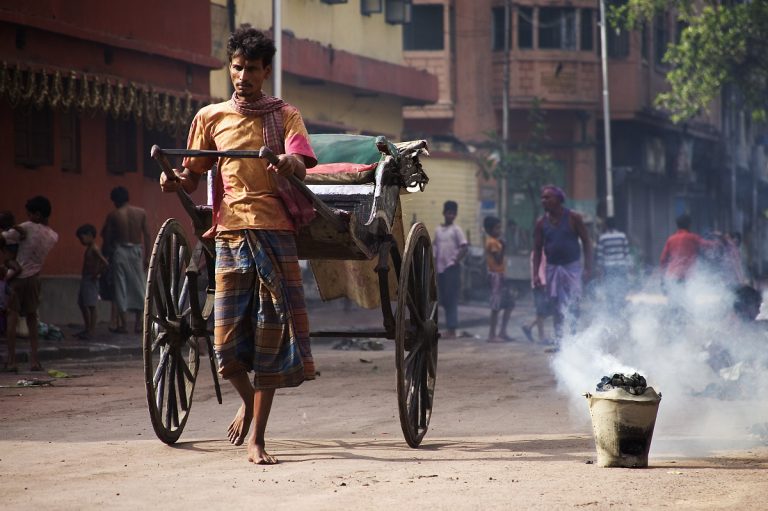Women and Child Rights in Afghanistan for Past 20 Years – A History of Ups and Downs
Aheli Bose is a MA student of International Relations in Jadavpur University. Her areas of interest are global politics and human rights conditions.
“We declare that human rights are for all of us, all the time: whoever we are and wherever we are from; no matter our class, our opinions, our gender, our sexual orientation”
FORMER UN SECRETARY-GENERAL BAN KI-MOON.[1]
The UN declared human rights as universal over seven decades ago. But can this be a feasible claim for the women and children of Afghanistan? With the return of the Taliban after 20 years, questions surrounding the situation and exercise of fundamental rights in Afghanistan rise again, reminding us of the little progress made in the past 20 years.
For the past 20 years, there has been a constant shift in the rights delegated to the people of Afghanistan, and these shifts have majorly impacted the women and children of Afghanistan. This Asian land-locked country, with a population consisting of 46% children and 48% women [2], taking into account both the rural and urban areas of Afghanistan and inclusive of all ethnic groups, continues to struggle with providing a haven for the two groups even in the ‘developed and progressive’ 21st Century. In fact, it seems to worsen further, after the departure of the US troops in August 2021. It must be taken into account that the country has always been volatile in this aspect, even before the 2000s, with the situation only aggravating post 9/11.
Post-Soviet Invasion
Afghanistan has been a centre for warlordism since the 12th Century, sometimes for the tribal Pashtun community, or the Moghul raiders, and as recently as the 1990s for the Taliban. But the tale of sorrow for these two groups began majorly after the 1979 Soviet invasion of the country and further deteriorated with the rise of the Taliban who came to power in Kabul that inflicted the greatest attacks on women in Afghanistan. Earlier, women who participated in larger societies, especially in urban areas such as Kabul, came to know the fact that now they were mostly trapped in their homes. Under Taliban rule, Afghan women were denied the opportunity to participate in national politics, economics, or social life. Women were banned from going out of the house without male relatives [3]. This 1990 situation has revived with the removal of the U.S. troops recently.
As for the children, when the Taliban took control of Afghanistan in 1996, education for girls was strictly prohibited, while boys as young as 5-6 years of age were taken away from schooling and family, mostly by force, to be recruited as young militants in the Islamic military organization. Child marriages were carried out under socio-religious pretexts. Post 2001 airstrikes by the United States and NATO killed several children in villages in the southern and eastern provinces. The actual number of children killed is not known. However, given a population of which almost 50% are under 20 years of age, one can reasonably assume that the loss of children’s lives are proportional to the age distribution of the population [4].
US Invasion A Rescue Mission?
For many scholars of Human Rights as well as women and children of Afghanistan, the US invasion was considered a ‘rescue mission’ for the latter as it provided the basic rights of education for all children and political participation for women from 2004. The US Mission took the form of a nation-building exercise, with improving the lives of Afghan women and girls at the center of their concerns.
The country’s 2004 constitution contained specific provisions guaranteeing women’s rights and quotas to ensure that they are part of the political process. Girls and women joined the army and police, trained as surgeons, judges, and prosecutors, and worked as journalists, interpreters, and TV presenters. With a little stability from 2006, even schools opened up for boys and girls in Kabul, while the tribe-based village areas still needed improvement. Healthcare, which was deprived to women and children earlier, was being provided by the government, focussing on decreasing the infant mortality rate and providing life-saving, necessary drugs and reduced cost [5].
Abasement or Improvement?
Post-civil war and airstrikes, the Afghan government sought to include women in the recovery and reconstruction process of the country, and thus some kind of economic empowerment was trying to be delegated among the women, but even this caused a backlash from the Taliban and other minor Islamist groups since this meant women and girl child would be going out of their homes. There were also various societal pressures against women in various parts of the country, and even with the relaxation of few codes and laws, women continued to be precautious venturing out, wearing burqas while outdoors.
While the notion of human rights for both the women and the children saw tangible improvements, they were also dispersed disproportionately throughout the country. Despite the advances, Afghanistan continued to have one of the highest maternal mortality rates in the world. Polls as recent as 2015, show that nearly 90% of Afghan women experience abuse in their lifetime. According to Human Rights Watch, the justice system has largely ignored a 2009 law that made 22 acts against women criminal offenses, including rape, beatings, forced marriage, prohibits women from acquiring property, and prohibits women or girls from going to school [5]. The lack of an effective central government means that in territory controlled by conservative military commanders and religious leaders, women’s rights continue to be severely restricted. Human rights groups also say the practice of swapping girls and young women for dispute resolution or debt repayment continues in these areas, because of high rates of early and forced marriage.
So, when exactly did the children and women of Afghanistan enjoy complete freedom to exercise their basic rights, as basic as even the Right to Live?
1996 Returns
When the Taliban ruled from 1996 to 2001, the world saw how strict their interpretation of the Sharia laws were. They outlawed almost all forms of education for women and girls, imposed punishments such as stoning, lashing, and amputation, and kept women confined to their homes unless escorted by a male family member, denying them access to most jobs — or even going for a walk. With the return of this organization and President Ghani fleeing the country, a cloud of despair and uncertainty looms over the future of human rights in the country, while the progress made in the last 20 years would mostly be abandoned in the name of religious sanctity. As stated in their recent declaration, the Taliban has already altered laws for the citizens of the country, majorly affecting the women and children again, resuscitating the norms established back in 1996 for the people of Afghanistan [6]. And to the surprise of other Third-World countries, even the so-called major powers such as the UK, Russia, and the US itself as well as the United Nations, remain mum on this matter.
It thus brings us back to my question in the beginning, can the women and children of Afghanistan claim their basic rights, or is fleeing the country their only feasible option for accessing their Right to Life, given the current conditions of the governing system and laws articulated in the country?
REFERENCES
- “Secretary-General’s message on Human Rights Day”. Ban-ki Moon, 10 December 2014, https://www.un.org/sg/en/content/sg/statement/2014-12-10/secretary-generals-message-human-rights-day-scroll-down-french
- “World Population Dashboard Afghanistan”. United Nations Population Fund, 2019, https://www.unfpa.org/data/world-population/AF
- “Situation of Women and Children in Afghanistan”. US Department of State Archive, 2009, https://2001-2009.state.gov/g/wi/rls/10683.htm
- Noorzoy, M Siddieq. “Afghanistan’s Children: The Tragic Victims of 30 Years of War”. MEI@75, 20 April 2012, https://www.mei.edu/publications/afghanistans-children-tragic-victims-30-years-war
- Alexander, Caroline. “The Up and Down History of Afghan Women’s Rights”. Bloomberg Equality – Society, 19 August 2021, https://www.bloomberg.com/news/articles/2021-08-18/the-up-and-down-history-of-afghan-women-s-rights-quicktake
- Mohammad, Azadah Raz and Jenna Sapiano. “As Taliban Return, 20 Years of Afghan Women’s Progress Looks Set to Vanish”. Business Standard, 17 August 2021, https://www.business-standard.com/article/international/as-taliban-return-20-years-of-afghan-women-s-progress-looks-set-to-vanish-121081700131_1.html









Excellent views and well written. Explained well too.
A very well written article